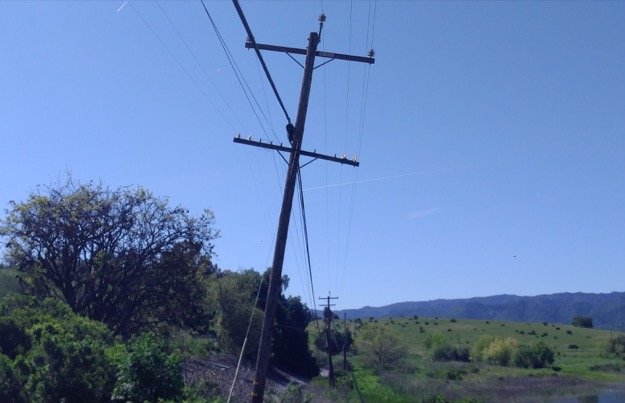
Fiber matters, particularly in rural California where copper telephone lines are rotting on the poles and where cable companies can’t rake in the high level of monopoly profits they can in denser and richer urban communities.
It’s about speed, capacity and cost.
Technically, it’s possible to push 10 Gbps through some kinds of copper cable under the right conditions. It means operating at the ragged edge of what’s possible, though. Whether a cable or telephone company could actually achieve that in a rural area, given the age of their overall plant, their willingness to invest and the availability of backhaul is an open question that they can’t answer until they actually build it, although they will make promises regardless. Even 1 Gbps is iffy for copper if the conditions aren’t right, and they are rarely, if ever, right in rural and low income communities where returns on investment are low.
A single pair of fiber strands can easily support 100 times that, and 1,000 times that is within the limits of current technology. Of course, when you build fiber, you don’t install a single pair. These days a 288 strand cable is considered minimal, and 432 strands moderate. There’s little extra cost involved in increasing the strand count, but it’s a lot of money if you have to go back and redo it. So high strand counts are the norm. In terms of capacity, consistency and reliability there is no comparison between copper cable and fiber.
Likewise, there’s a night and day difference with provisioning. With fiber, there’s no bottleneck – you can run as much bandwidth through it as you have available. If it’s fiber backhaul all the way to a major node like Silicon Valley or downtown Los Angeles, then the potential bandwidth is unlimited as a practical matter.
The business model is the real killer. If you buy a circuit sold as 1 or 10 Gbps from a monopoly model cable or telephone company, that’s it. That’s all you get. The company owns whatever is built and no one else can access it. It’s only useful for economic development or other purposes to the extent that it’s also sold to other users – everyone shares the same bandwidth and pays the same monopoly price.
